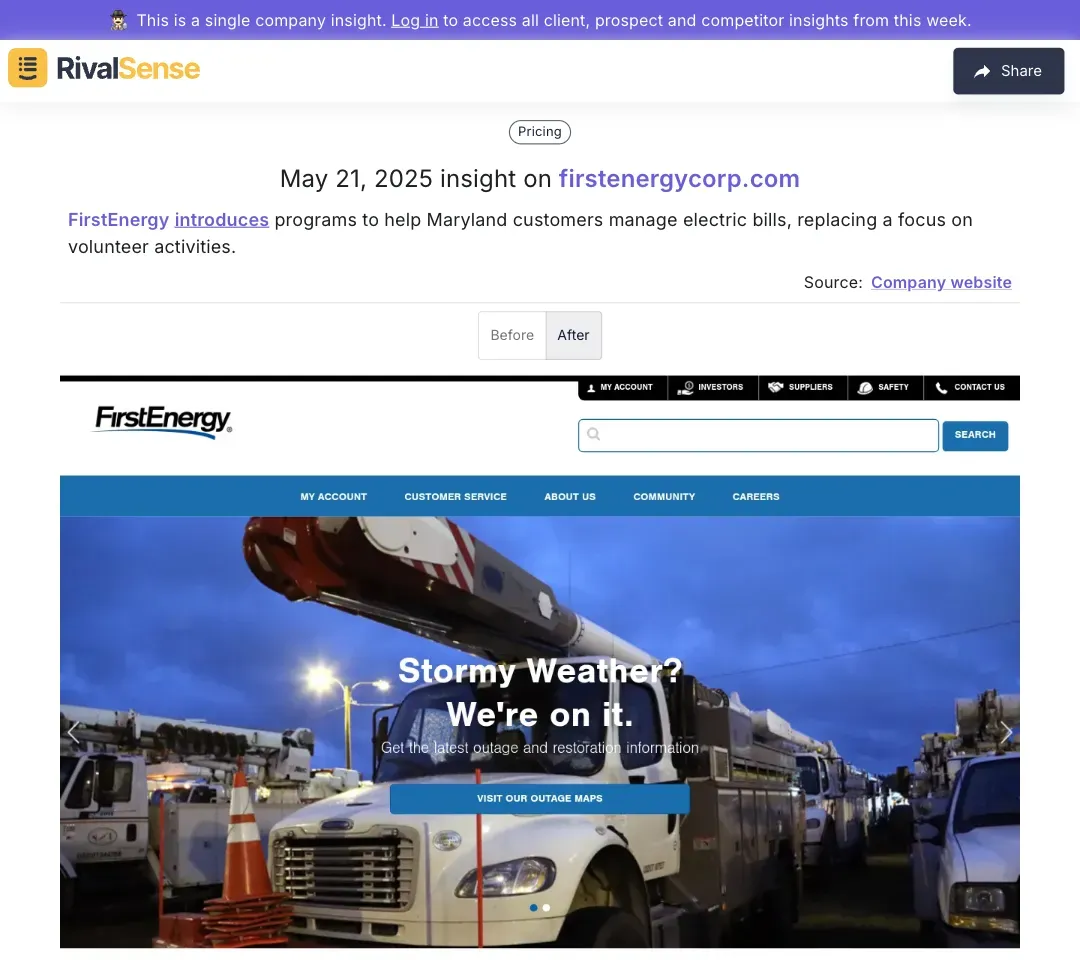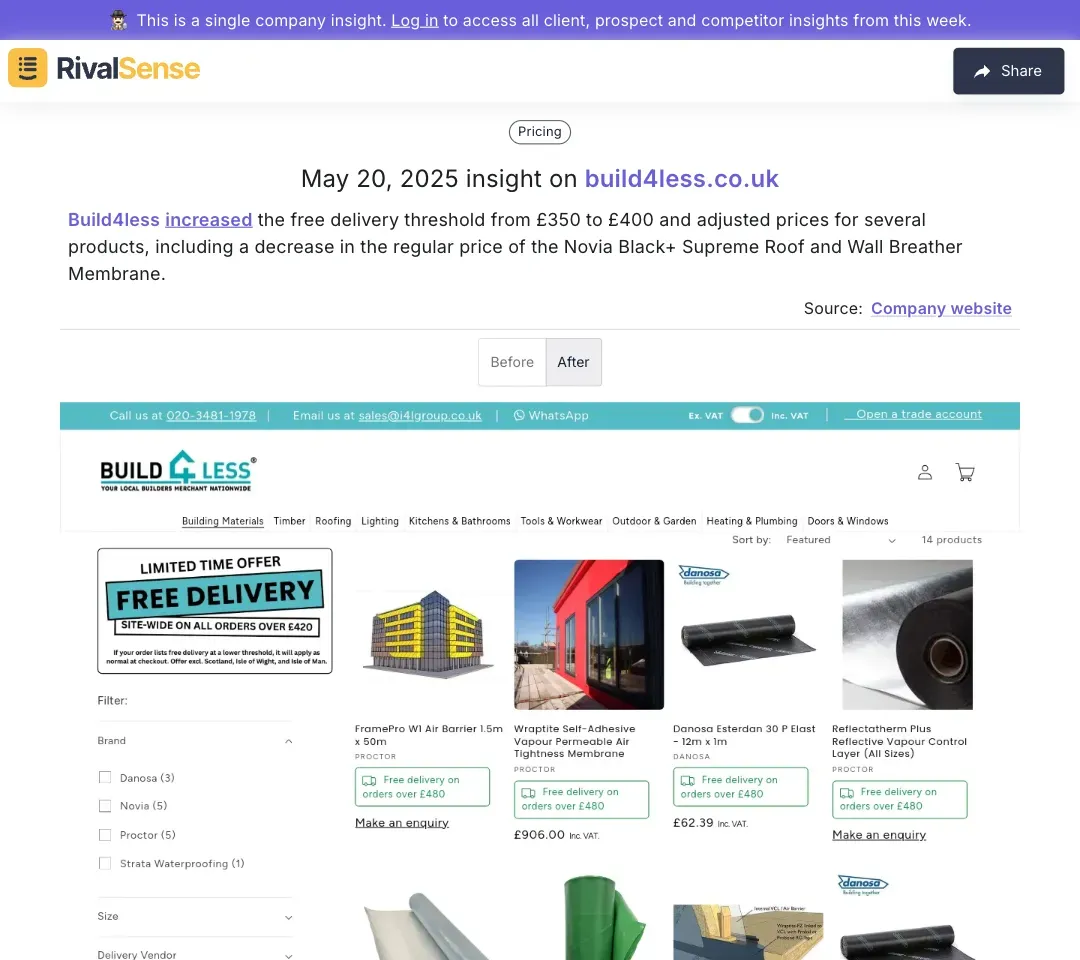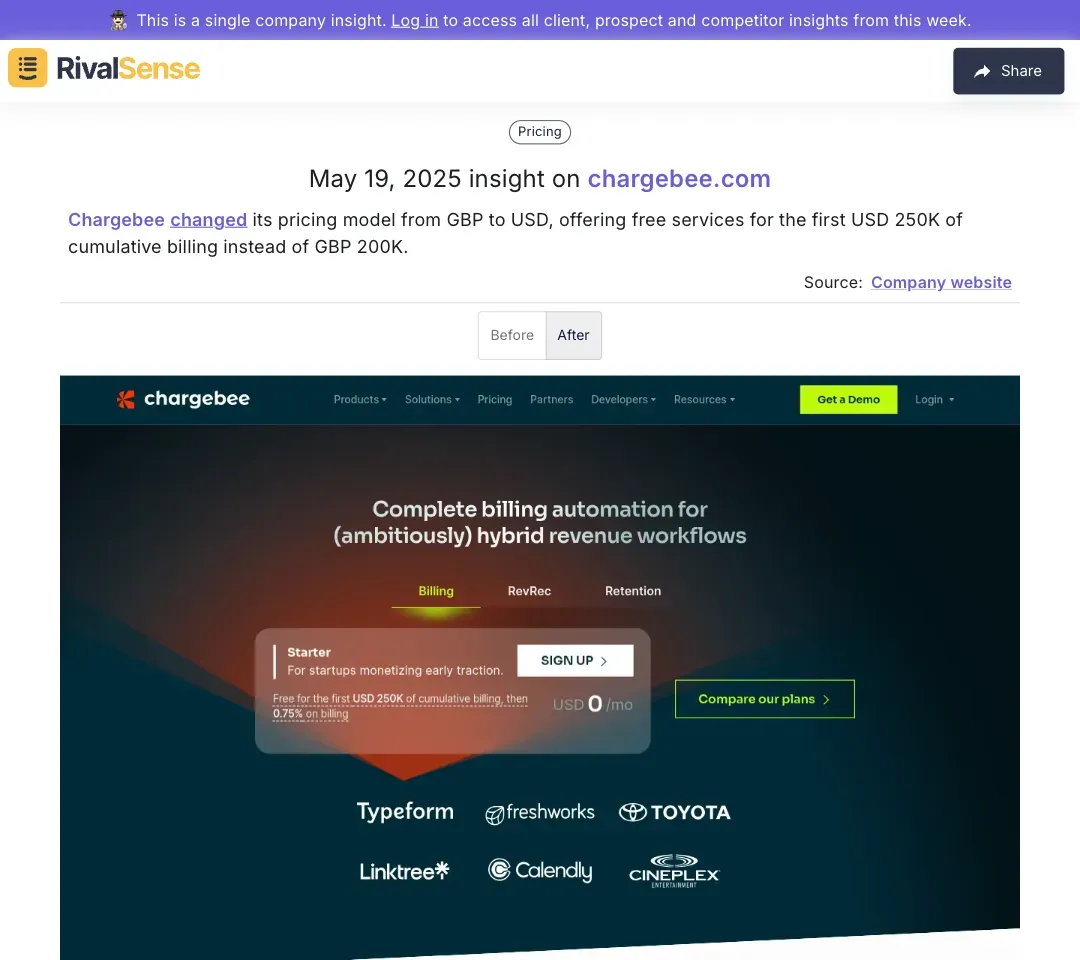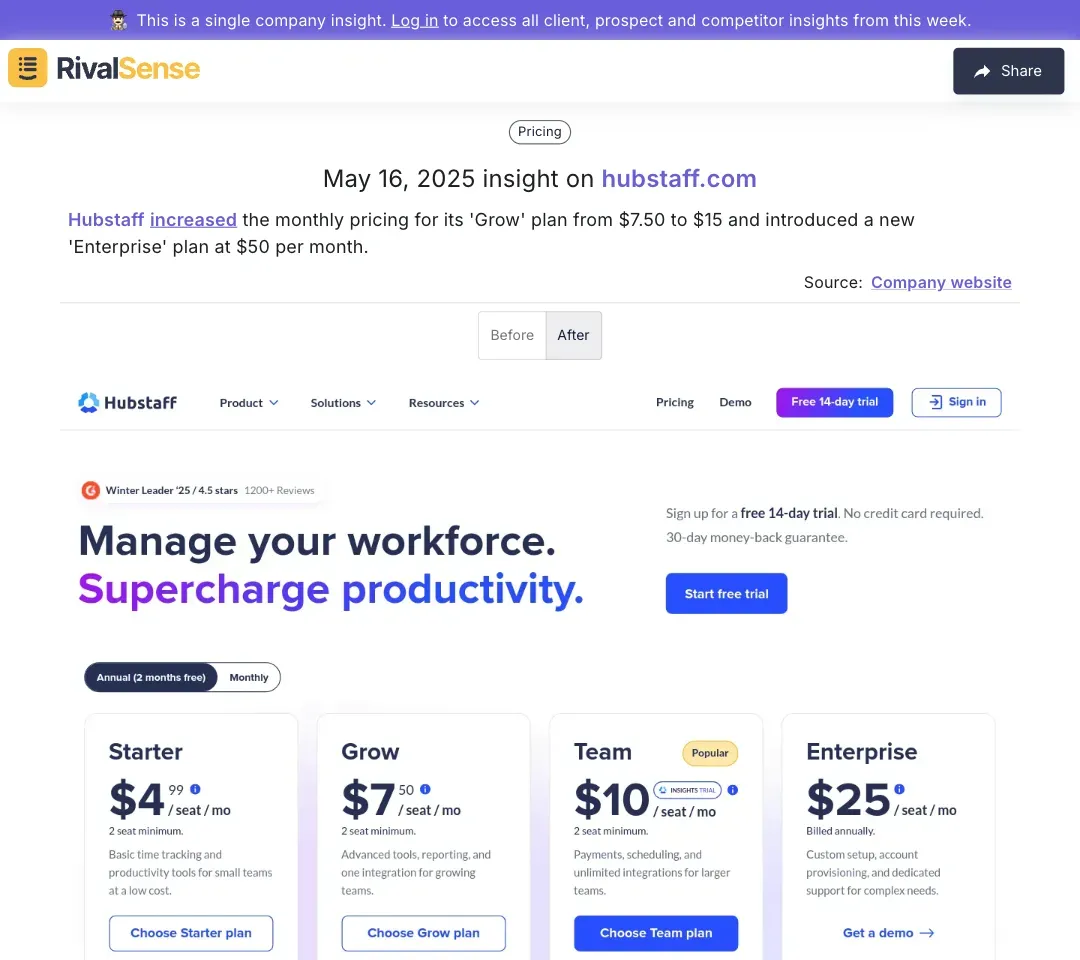Competitive Pricing Strategy Examples: How Leading Companies Stay Ahead
🚀 67% of companies adjust their pricing strategies at least once per quarter to stay competitive, according to a 2024 Gartner report. Yet, only 23% feel confident in their ability to outmaneuver rivals. The difference? Actionable competitive intelligence. Let’s dissect how industry leaders use pricing as a strategic weapon—and how you can replicate their success.
1. FirstEnergy: Customer-Centric Value Pricing

FirstEnergy shifted from promoting volunteer initiatives to launching bill management programs for Maryland customers. By addressing rising energy costs head-on, they:
- 🛠️ Turned pain points into loyalty: Customers see them as a partner, not just a utility provider.
- 💡 Differentiated through value: Free energy audits and payment plans > generic community outreach.
Actionable Takeaway:
- Use competitor analysis to identify underserved customer needs.
- Bundle pricing with value-added services (e.g., free consultations, flexible payment terms).
2. Build4less: Psychological Pricing + Threshold Optimization

Build4less raised its free delivery minimum to £400 while selectively lowering prices on high-demand items like roofing membranes. This dual strategy:
- 🧠 Nudges higher cart values: Shoppers spend 18% more to hit free shipping thresholds (Baymard Institute).
- 🔥 Creates "hot product" perception: Lowering select prices positions items as bargains, even if margins stay stable.
Checklist for Threshold Pricing:
- [ ] Analyze competitors’ shipping/freebie thresholds.
- [ ] A/B test price cuts on complementary products.
- [ ] Promote threshold benefits at checkout (e.g., "Spend £50 more for free delivery!").
3. Chargebee: Currency Hedging + Tiered Incentives

Chargebee switched from GBP to USD billing and increased its free tier from £200K to $250K. For global SaaS companies, this:
- 🌍 Reduces FX risk: 82% of SaaS buyers prefer USD pricing (ProfitWell).
- 🎯 Attracts scaling startups: Free tier up to $250K targets growth-stage clients ready to upgrade.
Pro Tip: Monitor competitors’ currency strategies in regions with volatile exchange rates.
4. Hubstaff: Tiered Pricing + Premium Positioning

Hubstaff doubled its Grow plan price to $15/month and added a $50 Enterprise tier. Result?
- 📈 Upsell existing users: Basic plan users now see Grow as the "middle option" (decoy effect).
- 🏆 Captures enterprise budgets: High-touch support in the top tier justifies a 233% price premium.
Pricing Tier Best Practices:
| Tier | Price | Target Audience | Key Features |
|---|---|---|---|
| Basic | $7.50 | Solopreneurs | Time tracking, limited reports |
| Grow | $15 | SMEs | Advanced analytics, 5 projects |
| Enterprise | $50 | Large teams | Dedicated support, unlimited projects |
How to Steal These Strategies (Ethically)
- Track granular changes: Pricing pages, T&Cs, and even job posts (e.g., hiring a "pricing analyst" may signal upcoming shifts).
- Benchmark against 3+ competitors: Isolate trends vs. one-off moves.
- Test small, scale fast: Mimic Build4less’s threshold tweaks with a 2-week trial.
🔍 Want to automate this? RivalSense tracks competitors’ pricing, product launches, and strategy pivots—then delivers actionable insights weekly. Get your first report free →
Your move.
